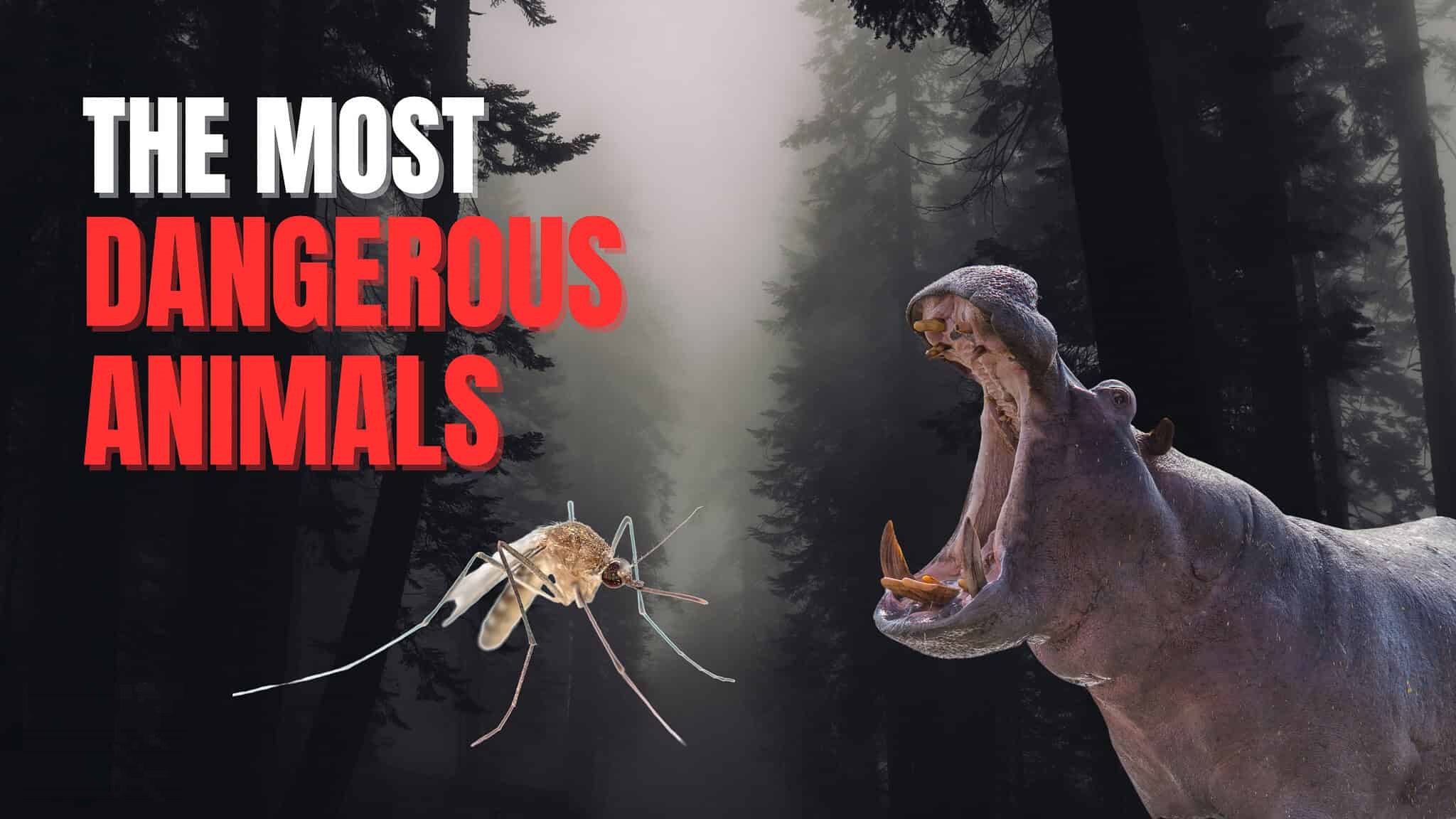Animals are all around us. Because of their proximity, many people take for granted how truly dangerous some animals really are. Let’s discuss the 10 most dangerous animals in the world ranked by the number of deaths they are responsible for with some adjustments made for aggression, percentage of fatal attacks, and other similar factors. What is the most dangerous animal in the world? Keep reading to find out!
10. Sharks
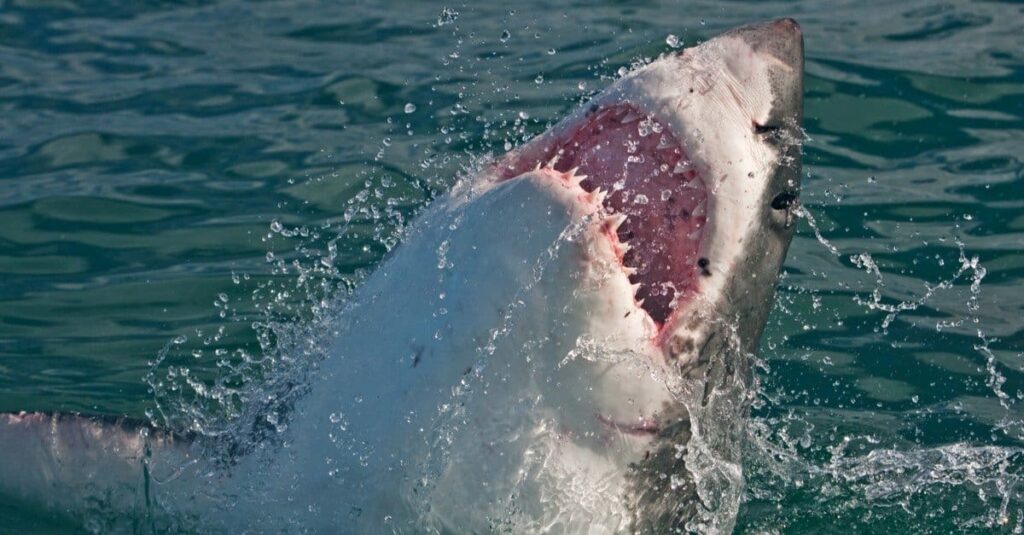
9. Elephants
While sharks are commonly portrayed in movies and television shows as deadly killers, the reality is much different. Worldwide, sharks are responsible for several hundred attacks on humans annually, with only six to seven fatalities. In the United States, sharks cause about one death every two years. The species responsible for the highest percentages of fatal attacks are the great white shark, the bull shark, and the tiger shark.
Over 375 shark species have been identified, but only about 12 of those species are considered dangerous. The average shark bite can generate up to 4,000 pounds of pressure per square inch; however, the odds of getting attacked and killed by a shark are only 1 in almost 3.5 million. These animals are labeled as dangerous; however, sharks are most often the victims. They’re killed by the millions every year due to the high demand for their fins. Such demands for shark fins lead to illegal fishing and overfishing, which is depleting the shark populations all over the world.
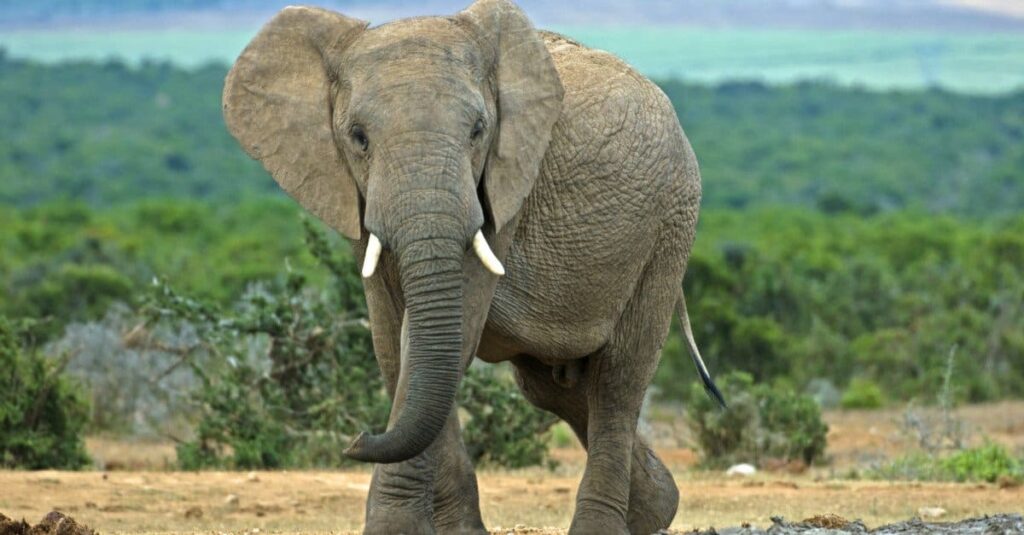
We normally think of elephants as smart, friendly creatures. As the largest land mammal, they have an immense amount of weight and the associated power that comes with it. Elephants in captivity are capable of anger and retaliation, and those in the wild can be territorial and protective of their family members. On average, 500 people are killed annually during encounters with elephants by being trampled, thrown, crushed, and other similarly unpleasant means.
8. Hippopotamuses
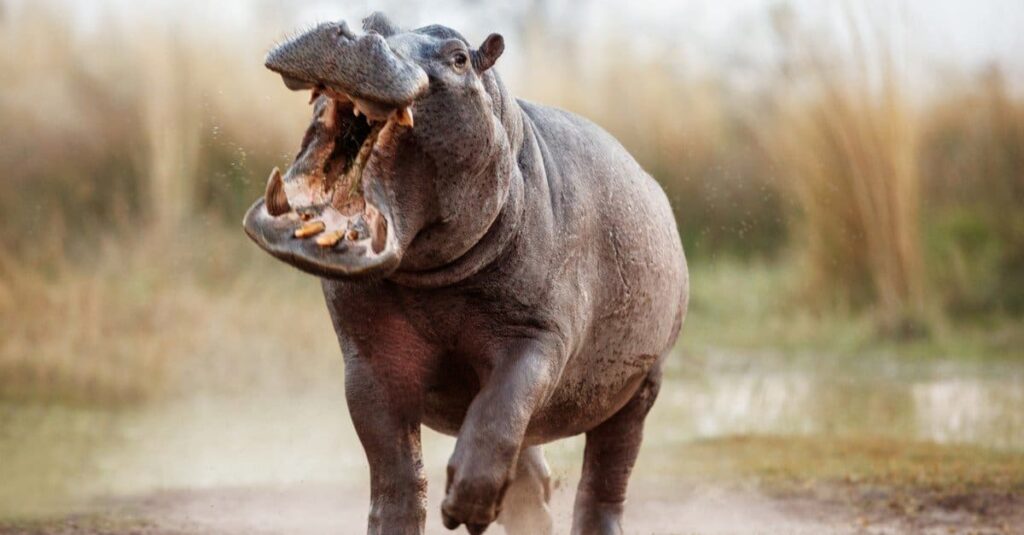
The hippopotamus ranks third in size amongst the largest land mammals behind the elephant and the rhinoceros, and they are responsible for about 500 fatal human encounters each year just like elephants. However, they earned a higher spot due to their reputation for violence, aggression, and their extremely territorial nature. Hippos have even been known to attack boats for encroaching upon their habitat, and they can use their sharp teeth that grow up to 20 inches long very effectively. They attack by biting, trampling, and will hold their adversary underwater until they drown.
7. Tsetse Flies
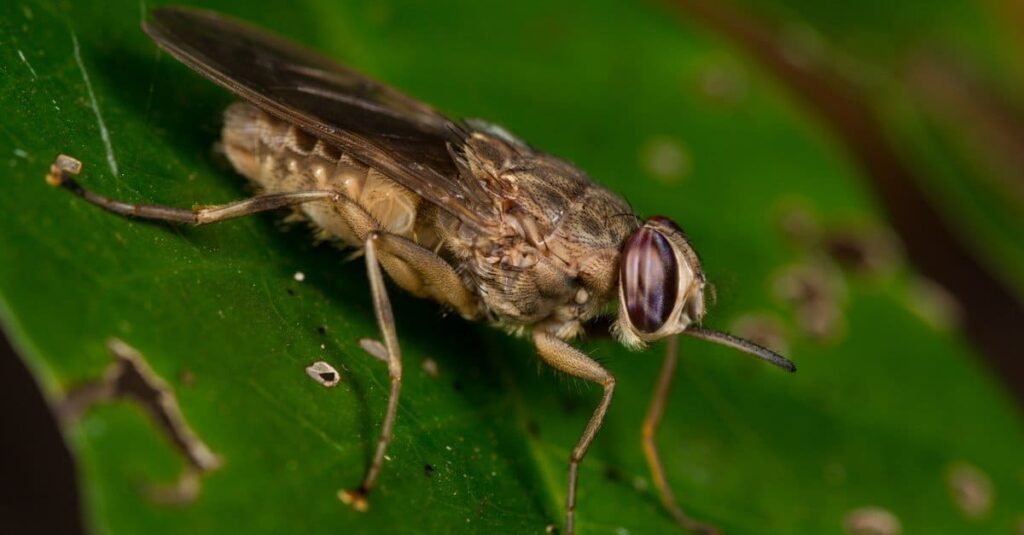
The tsetse fly is the first of several insects to make our list of the 10 deadliest animals in the world. As is the case for the bugs to come, it is not the actual bite of the tsetse fly that kills humans but the resulting infection that can prove fatal.
The tsetse fly resides in the tropical regions of Africa, and their bite infects the host with a parasite that causes African sleeping sickness, Human African trypanosomiasis (HAT). HAT is a very difficult disease to treat especially given the lack of medical resources in the area. Without treatment, the disease is fatal without exception. Thankfully new treatments are being developed to reduce fatal outcomes. However, in the past HAT was responsible for tens of thousands of human deaths each year.
6. Crocodiles
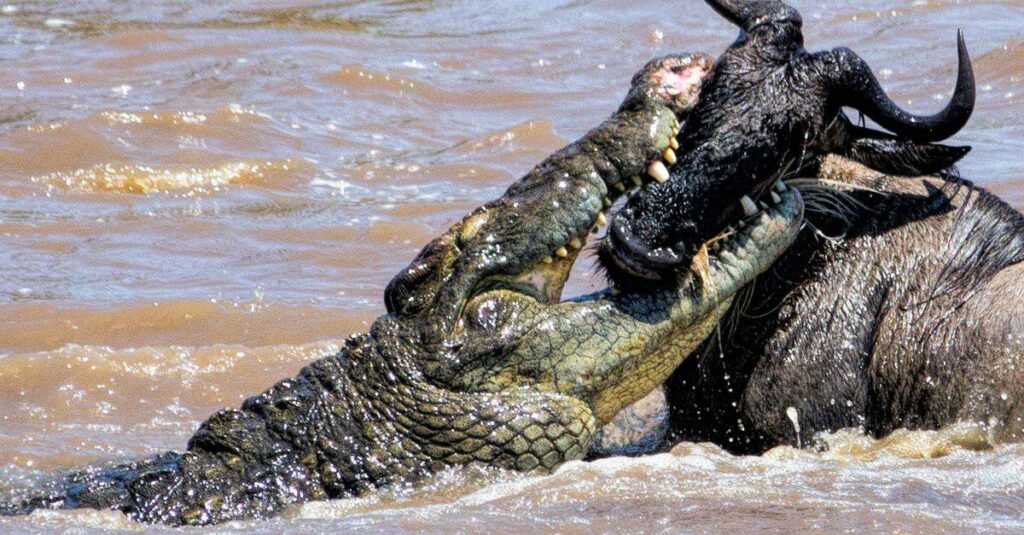
The next apex predator on our list of the deadliest animals in the world is the crocodile. Responsible for approximately 1,000 deaths annually, the crocodile is one of the largest, most aggressive, and most dangerous animals in the world. Weighing in at over 2,000 pounds, crocodiles possess immense bite strength and can travel at speeds up to 25 mph. Crocodiles are the only entry on this list that actively hunt and prey upon humans. The deadliest species is the Nile crocodile which lives in the regions surrounding the Nile river. They were so feared by ancient Egyptians that they carried tokens of their crocodile god for protection from the reptiles.
5. Kissing Bugs
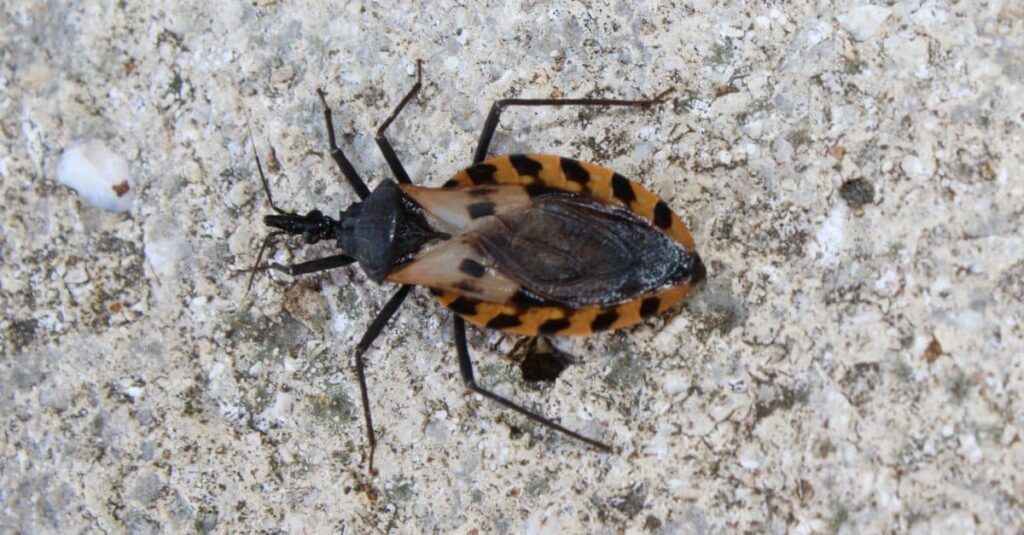
Assassin bug is the collective name used for over 150 species of insects. These insects possess a specific type of curved proboscis (nose). This proboscis is used as a tool, for defense, and also to hunt. These species target the soft tissue regions around the mouths of humans, hence the name kissing bug.
Found throughout the world, most kissing bugs do not pose a threat to humans besides an abnormally painful bite. Several species that inhabit Central and South America transmit a dangerous disease called Chagas disease. Even without treatment, mortality rates are low from Chagas disease. The widespread nature of this parasitic infection means that even the five percent death rate causes between 12,000 and 15,000 deaths per year from organ failure.
4. Freshwater Snails
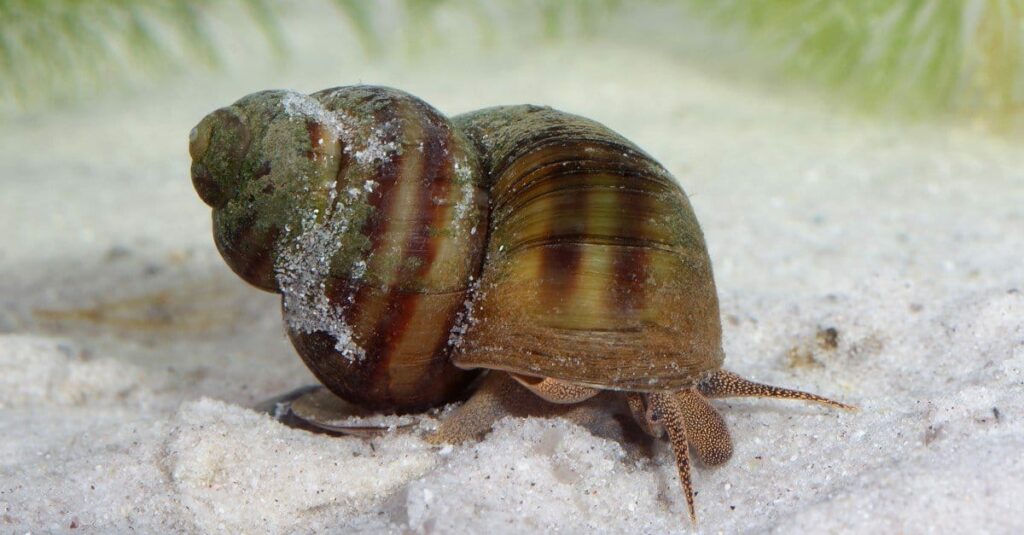
Surprisingly enough, the next deadliest animal on our ranking is none other than the freshwater snail. Much like the other less overtly threatening species that we have mentioned, it is not the snail that directly kills humans but the disease that they transmit.
According to World Health Organization estimates, several million people are diagnosed with a parasitic infection called schistosomiasis (bilharzia) every year, with around 200,000 of those cases proving fatal. Schistosomiasis causes severe abdominal pain and blood in the urine of the infected, but it is not generally fatal outside of developing countries.
3. Dogs/Wolves
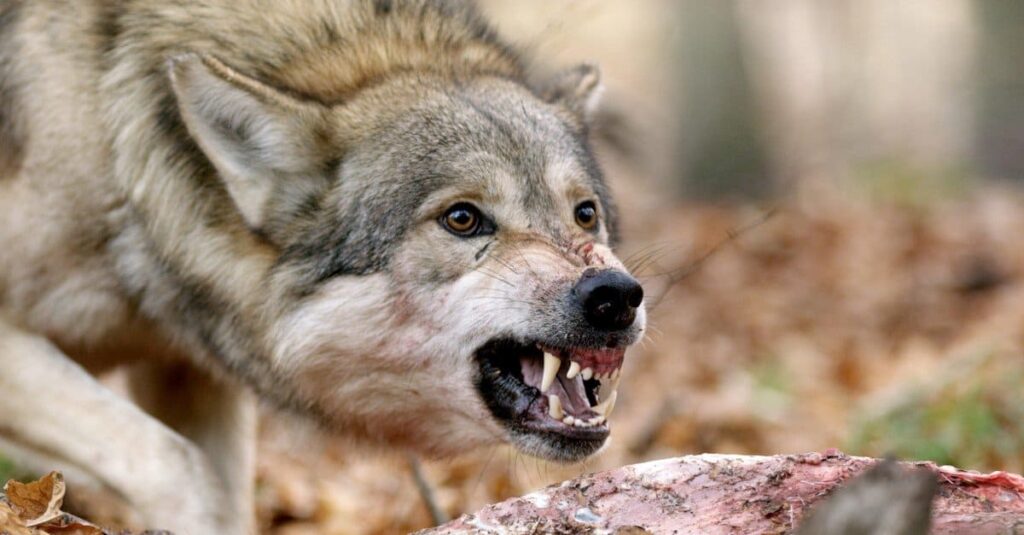
Man’s best friend is also one of his deadliest threats. Dog attacks lead to 30-50 deaths in the United States alone each year. Family pets are responsible for more deaths per annum than feral packs.
Direct fatal dog and wolf encounters are exceedingly rare when compared to deaths resulting from canine-transmitted rabies infections. Rabies kills an estimated 59,000 humans annually. The majority of these deaths occur outside of first-world countries. They are the result of a lack of advanced medical care. Rabies transmission from wolf species is much lower than those from dogs, but they are not zero.
2. Snakes
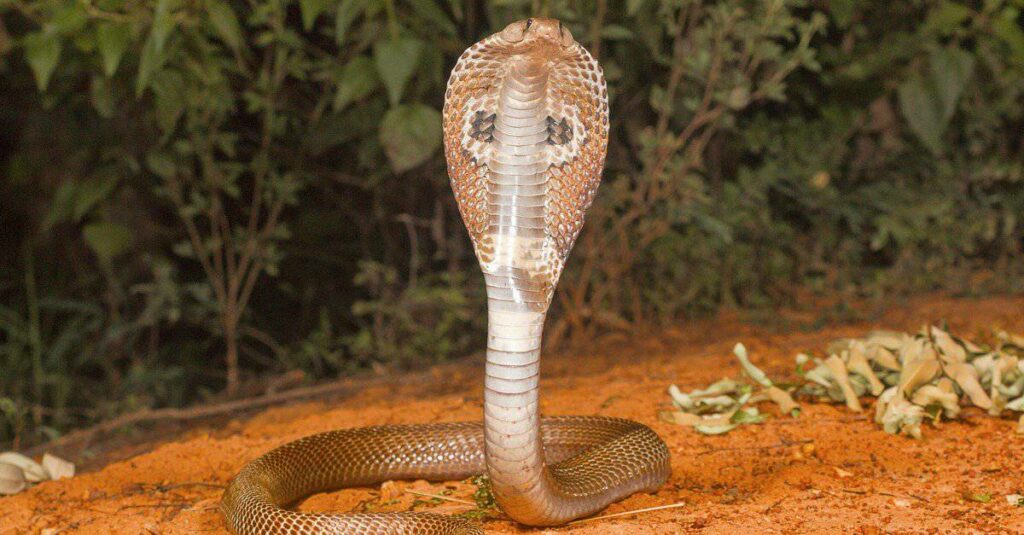
It turns out that the fear of snakes or ophidiophobia may not be so unreasonable after all. Snakes account for between 81,000 and 138,000 fatalities a year based on conservative estimates.
A shortage of antivenom and the remote locations contribute to this high toll. The snake responsible for the most deaths is the Indian saw-scaled viper which only measures up to three feet long!
Also called the carpet viper, this snake resides in Africa, the Middle East, and India, and the females of the species are more than twice as venomous as the males. Aside from the high death rate, the carpet viper’s venom is a neurotoxin that causes an extremely high number of amputations in those victims that it doesn’t kill outright.
Out of all the venomous snakes in the world, the Inland Taipan is supposed to be the most elusive and toxic. The Inland Taipan, a native of Australia, can envenomate in consecutive bites in the same attack. Although they are one of the deadliest creatures on the planet, they are very shy and reclusive. So much so that there have been a handful of sightings so far. Whenever they are confronted by humans, their first instinct is to run. They possess a temperate nature and only attack if they feel threatened or cornered.
1. Mosquitoes
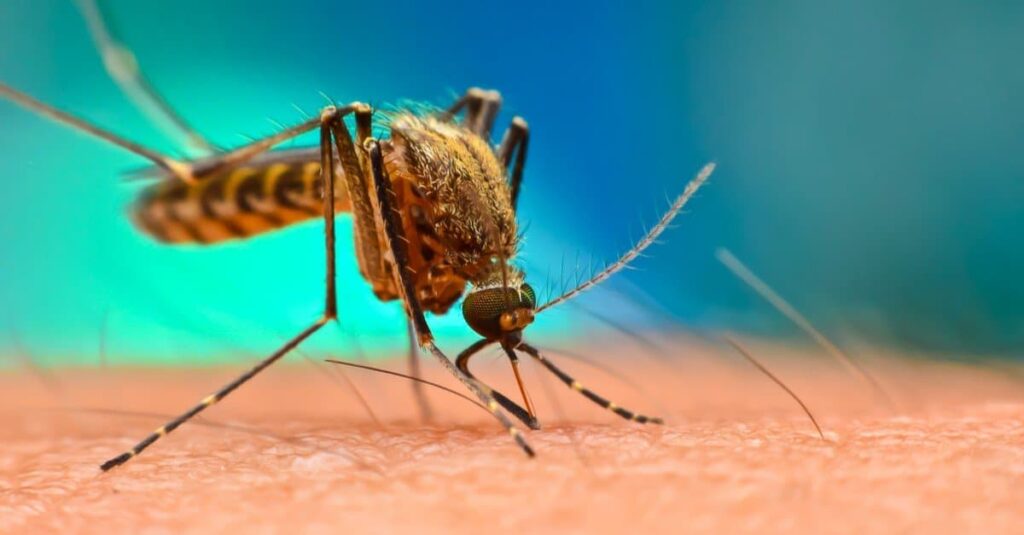
The mosquito is the single deadliest, most dangerous animal in the world and also one of the smallest. Mosquitoes are estimated to cause between 750,000 and one million human deaths per year. They are a vector for many diseases that are deadly to mankind including malaria, dengue fever, and the West Nile and Zika viruses. Malaria alone accounts for over half a million fatal infections annually.
Only the female mosquito feeds on humans with the male feeding on nectar. Some scientists have estimated that potentially half of all human deaths since the beginning of our species may be the result of illnesses transmitted by mosquitoes. Even without such a wild historical estimate, the mosquito has solidly cemented its place at number one on our list of deadliest animals with both their aggression and the deaths of nearly one million people per year.
Thankfully, only a handful of the entries on this list are capable of direct, intentional attacks on humans, and the majority of the deaths caused by others occur in rural areas or developing countries with limited access to healthcare. This means that as quality healthcare is more widely available we can expect to see a significant decrease in mortality rates from a number of these animals.
